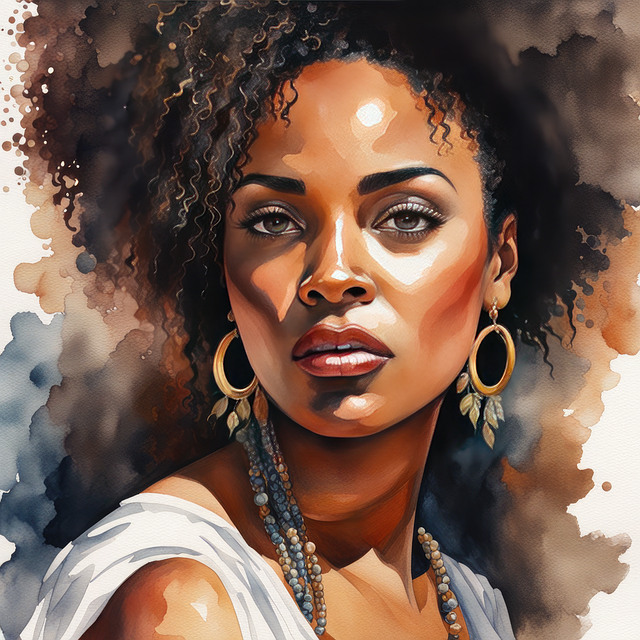Simulating material properties accurately is key to realistic product and prototype visualization in modern design workflows. Textures play a vital role in enhancing visual appeal, especially in industries focusing on aesthetics. Advanced rendering techniques like ray tracing and procedural texturing enable photorealistic results, while optimized material models streamline rendering processes, facilitating faster design iterations and improving overall product quality through immersive prototyping.
“Revolutionize your product and prototype modeling with material and texture simulations. In today’s digital landscape, achieving photorealistic visualizations is paramount. This article explores the intricate world of material properties and textural depth, guiding you through advanced rendering techniques to enhance realism. From understanding material behavior for accurate simulations to optimizing performance in complex models, discover how to bring your digital prototypes to life with captivating detail.”
Understanding Material Properties for Accurate Simulations
Understanding the material properties of products is paramount in achieving accurate simulations for realistic product visualization. Every material has unique characteristics, such as reflectivity, absorbency, and texture, which significantly impact how light interacts with it. For instance, a smooth glass surface will reflect light differently than a rough, grainy wood finish. By thoroughly characterizing these properties, 3D artists and designers can create precise simulations that mimic the behavior of real materials. This involves considering factors like refractive index, diffuse reflection, and specular highlights, which are crucial for rendering lifelike visuals in product and prototype modeling.
Accurate material simulations go beyond basic appearance; they enhance the overall realism of digital prototypes, allowing stakeholders to make informed decisions before physical production begins. By simulating how different materials will look and feel under various lighting conditions, designers can identify potential issues, refine their work, and ensure that the final product meets expectations. This iterative process, fueled by a deep understanding of material properties, is essential in modern product development workflows.
Textures: Adding Depth and Realism to Digital Prototypes
Textures play a pivotal role in enhancing the visual appeal and realism of digital prototypes, particularly in product and prototype modeling. By mimicking real-world materials, textures add depth and dimension to 3D models, bridging the gap between virtual and physical products. This is especially crucial for industries where aesthetics and material quality are key differentiators, such as fashion, furniture design, and automotive.
Advanced texture mapping techniques allow designers to achieve photorealistic results, ensuring that every detail, from subtle grains to intricate patterns, is accurately represented. This not only improves the overall visual experience but also aids in making informed design decisions during the product development process. Incorporating realistic textures into prototype modeling facilitates a more immersive evaluation of designs, ultimately leading to better-informed choices and higher-quality final products.
Advanced Rendering Techniques for Product Visualization
Advanced Rendering techniques play a pivotal role in achieving realistic product visualization, transforming 3D models into visually stunning representations that closely mimic real-world materials and textures. Techniques like ray tracing and path tracing go beyond traditional rasterization, simulating light interaction with surfaces to produce highly accurate reflections, refractions, and shadows. These methods are particularly valuable for product and prototype modeling, allowing designers and engineers to present their creations with unparalleled visual fidelity.
Moreover, procedural texturing and PBR (Physically Based Rendering) materials enable the creation of intricate and realistic surface appearances. Procedural textures offer an endless array of patterns and variations, while PBR ensures that these textures interact with light in a physically accurate manner. This combination allows for the simulation of diverse materials, from rough metals to smooth plastics, enhancing the visual appeal and realism of product models across various industries.
Optimizing Performance in Material and Texture Modeling
In the realm of product and prototype modeling, optimizing performance in material and texture modeling is paramount for achieving realistic visualizations. Traditional methods often struggle with complex textures or intricate material properties, leading to computationally intensive renders that delay feedback loops. To address this, modern approaches leverage advanced techniques such as procedural texturing and simplified material models. Procedural texturing allows for dynamic creation of textures based on algorithms, reducing the need for high-resolution assets and expediting rendering times. Simultaneously, simplified material models capture essential visual characteristics while minimizing storage requirements, enabling faster interactions during design iterations.
These optimizations not only streamline the product visualization process but also foster a more collaborative environment. Designers can swiftly experiment with various materials and textures without waiting for lengthy render times. As a result, the iterative process becomes more efficient, accelerating time-to-market for products. Furthermore, by prioritizing performance, designers can focus on refining other aspects of their work, ultimately enhancing the overall quality and appeal of product visualizations.
Material and texture simulations play a pivotal role in transforming digital prototypes into lifelike product visualizations. By understanding material properties, leveraging advanced rendering techniques, and optimizing performance, creators can produce stunningly realistic renderings that bridge the gap between virtual and physical products. These simulations are not just tools—they’re game-changers for efficient product design, marketing, and consumer experiences in today’s digital landscape.
